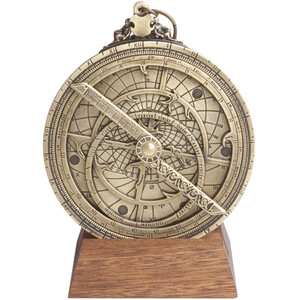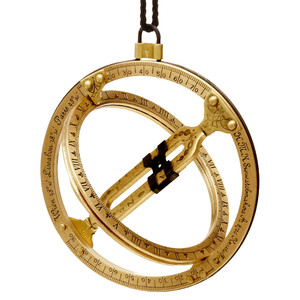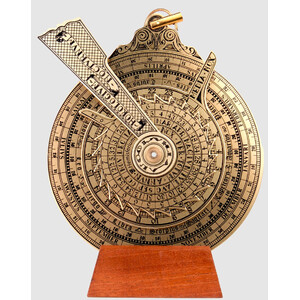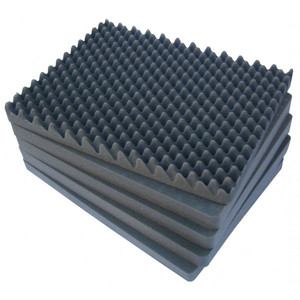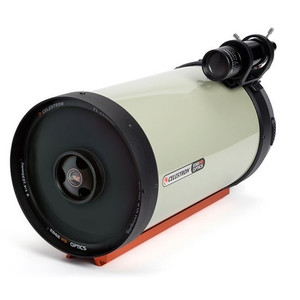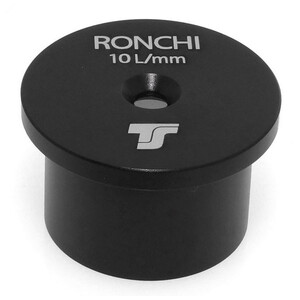This new astrolabe is handcrafted in the same way as astrolabes were made over a thousand years ago. However, the star chart is up to date.
Function
An astrolabe is a very ancient astronomical computer used to solve problems relating to time (what time is it), the position of the sun and the stars.
Astrolabes are used to represent the sky at a specific location at a given time.
This is done by representing the sky on the surface of the astrolabe.
To use an astrolabe, you align the moving parts to a specific date and time. Once set, much of the sky (both visible and invisible) is represented on the surface of the instrument.
A typical use of the astrolabe is to determine the time of day or night, to determine the time of celestial events such as sunrise or sunset, and as a practical aid for calculating the positions of stars.
The typical astrolabe was not a navigational instrument, although an instrument called a mariner's astrolabe was widely used during the Renaissance.
History
The history of the astrolabe began more than 2000 years ago.
The laws of astrolabe projection (stereographic) were already known in 150 BC, and accurate astrolabes were being manufactured as early as 400 AD.
The astrolabe was highly developed in the Islamic world in the 800s and introduced to Europe in the early 12th century from Islamic Spain (al-Andalus).
Until around 1650, it was the most common astronomical instrument until it was replaced by more precise instruments.
Accuracy.
The sky map of this astrolabe is from the 21st century.
This astrolabe is fully functional.
Its accuracy is:
Very suitable for latitudes 39° to 42° (Chicago, New York, Madrid, Rome, Beijing),
Suitable for other northern latitudes.
The attention to detail, historical interest and beauty of the design are the hallmarks of this very attractive astrolabe. It comes complete with a wooden base and instructions.
